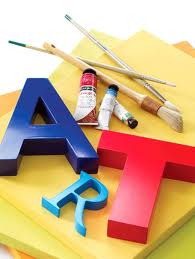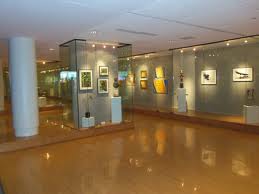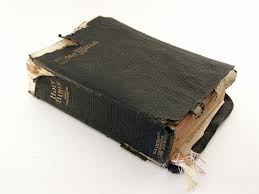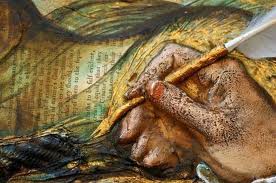How Art Can Be Good

I discovered an article over internet which I find it very interesting. I couldn’t find an email address to ask the permission from author, but I believe that if I quote few paragraphs and leave a link out for continuing reading the article, will be enough and honorable from me. The article is full rights reserved under the signature of ©Paul Graham
“I grew up believing that taste is just a matter of personal preference. Each person has things they like, but no one’s preferences are any better than anyone else’s. There is no such thing as good taste.
Like a lot of things I grew up believing, this turns out to be false, and I’m going to try to explain why.
One problem with saying there’s no such thing as good taste is that it also means there’s no such thing as good art. If there were good art, then people who liked it would have better taste than people who didn’t. So if you discard taste, you also have to discard the idea of art being good, and artists being good at making it.
It was pulling on that thread that unravelled my childhood faith in relativism. When you’re trying to make things, taste becomes a practical matter. You have to decide what to do next. Would it make the painting better if I changed that part? If there’s no such thing as better, it doesn’t matter what you do. In fact, it doesn’t matter if you paint at all. You could just go out and buy a ready-made blank canvas. If there’s no such thing as good, that would be just as great an achievement as the ceiling of the Sistine Chapel. Less laborious, certainly, but if you can achieve the same level of performance with less effort, surely that’s more impressive, not less.”
“Humans have a lot more in common than this, of course. My goal is not to compile a complete list, just to show that there’s some solid ground here. People’s preferences aren’t random. So an artist working on a painting and trying to decide whether to change some part of it doesn’t have to think “Why bother? I might as well flip a coin.” Instead he can ask “What would make the painting more interesting to people?” And the reason you can’t equal Michelangelo by going out and buying a blank canvas is that the ceiling of the Sistine Chapel is more interesting to people.
A lot of philosophers have had a hard time believing it was possible for there to be objective standards for art. It seemed obvious that beauty, for example, was something that happened in the head of the observer, not something that was a property of objects. It was thus “subjective” rather than “objective.” But in fact if you narrow the definition of beauty to something that works a certain way on humans, and you observe how much humans have in common, it turns out to be a property of objects after all. You don’t have to choose between something being a property of the subject or the object if subjects all react similarly. Being good art is thus a property of objects as much as, say, being toxic to humans is: it’s good art if it consistently affects humans in a certain way.”
Those above were quoted from the original article. Please continue reading the full article here:
[Source Info:
http://www.paulgraham.com/goodart.html ]




